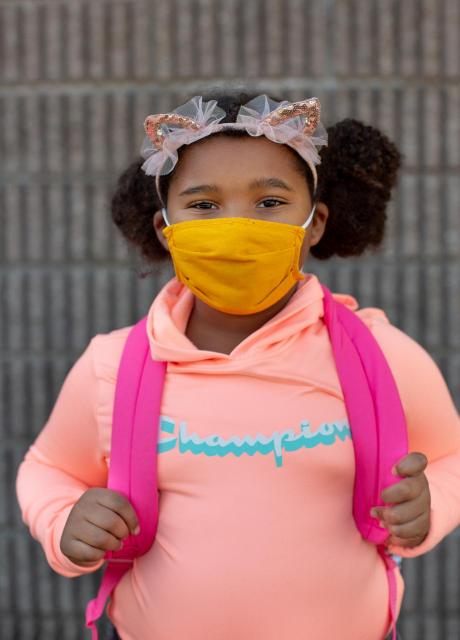Updated CDC Guidance for COVID-19 Prevention in K-12 Schools
The Centers for Disease Control and Prevention (CDC) updated the Guidance for COVID-19 Prevention in K-12 Schools to align with CDC’s existing guidance for fully vaccinated people and assist K-12 schools in opening for in-person instruction and remaining open. Additionally, the Considerations for Case Investigation and Contact Tracing in K-12 Schools and Institutions of Higher Education (IHEs) has been updated to align with new CDC guidance.
CDC’s Guidance for COVID-19 Prevention in K-12 Schools includes recommendations for:
- Promoting vaccination among teachers, staff, families, and eligible students.
- Universal indoor masking for all teachers, staff, students, and visitors to K-12 schools, regardless of vaccination status.
- Implementation of layered prevention strategies to reduce the spread of COVID-19 in schools, including maintaining at least 3 feet of distance between students within classrooms in combination with universal masking; screening testing to promptly identify cases, clusters, and outbreaks; handwashing and respiratory etiquette; cleaning and disinfection; and contact tracing in combination with isolation and quarantine.
- How case investigation and contact tracing–in combination with testing, isolation, and quarantine–are effective strategies to help prevent transmission of COVID-19 in K–12 schools.
- How collaboration between schools and STLT health departments on reporting COVID-19 cases can facilitate timely case investigation and contact tracing in school settings.
- Recommendations for students, staff, and educators, regardless of vaccination status, who have come into close contact with a person diagnosed with COVID-19.
The CDC has also updated the exception to the close contact definition for students in K-12 indoor classroom settings. If using the 3-foot distancing in indoor classroom settings, it is important that schools implement layered prevention strategies to ensure a safe environment and prevent transmission of COVID-19. However, implementation of these strategies will no longer be considered in the determination of close contact.
Given the importance of key services schools offer and the benefits of in-person learning for students, it is critical for K-12 schools to open for in-person instruction, and stay open. Working together, school leaders, local health departments, and community members can take actions to keep schools open for in-person learning by protecting students, teachers, and school staff where they live, work, learn, and play.
We hope you find these resources useful!


